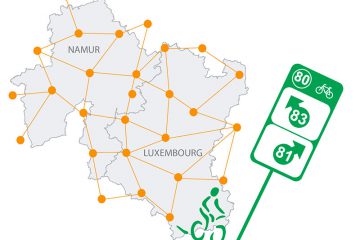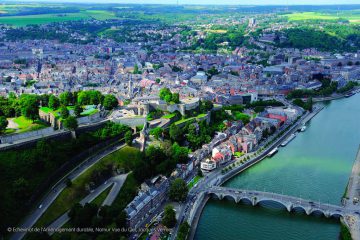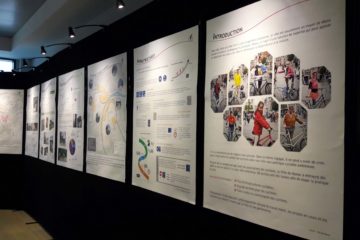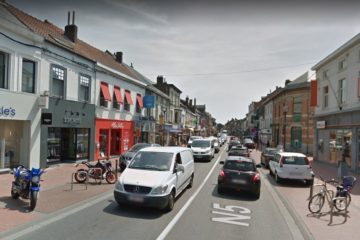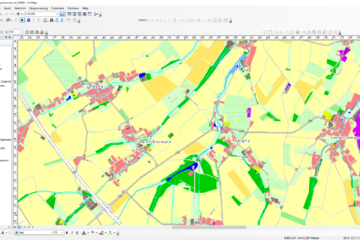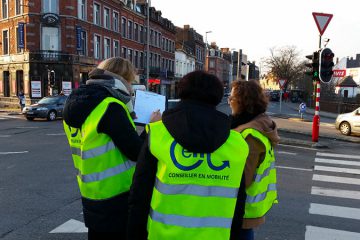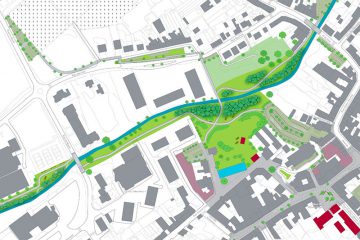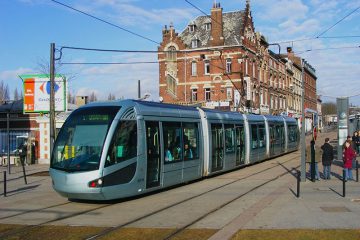Urban mobility plan for the Liège conurbation
Context
In 2008, the Walloon Public Service, in partnership with the local stakeholders in the arrondissement of Liège, initiated the first Walloon Urban Mobility Plan. To reinforce a consistent vision of the area, highlighting its unique and complementary features, it proposed the deployment of a public transport network with, in particular, the creation of a tram line. Although this document was not officially approved, subsequent sectoral studies were based on the strategies of the draft 2008 Urban Mobility Plan, which was in fact widely used by the local authorities.
Ten years later, new challenges are emerging in response to the region’s socio-economic challenges and the need to ensure a high quality of life for all residents of the city. Land management and travel needs require a medium- and long-term strategy based on a vision and ambitions for the region. This strategy defines quantified objectives to be met and a programme of measures to be implemented to achieve them.

Source : Unsplash - Hans M
Objectives
The objective of the Urban Mobility Plan is to apply a mobility strategy at the level of the 24 municipalities in the arrondissement of Liège, in close connection with the land development objectives up to 2030.
Execution
As part of this study, ICEDD participated in:
- An evaluation of the area;
- Identifying the issues and objectives;
- Strategy and actions for pedestrian mobility;
- Strategy and actions for bicycle mobility.

